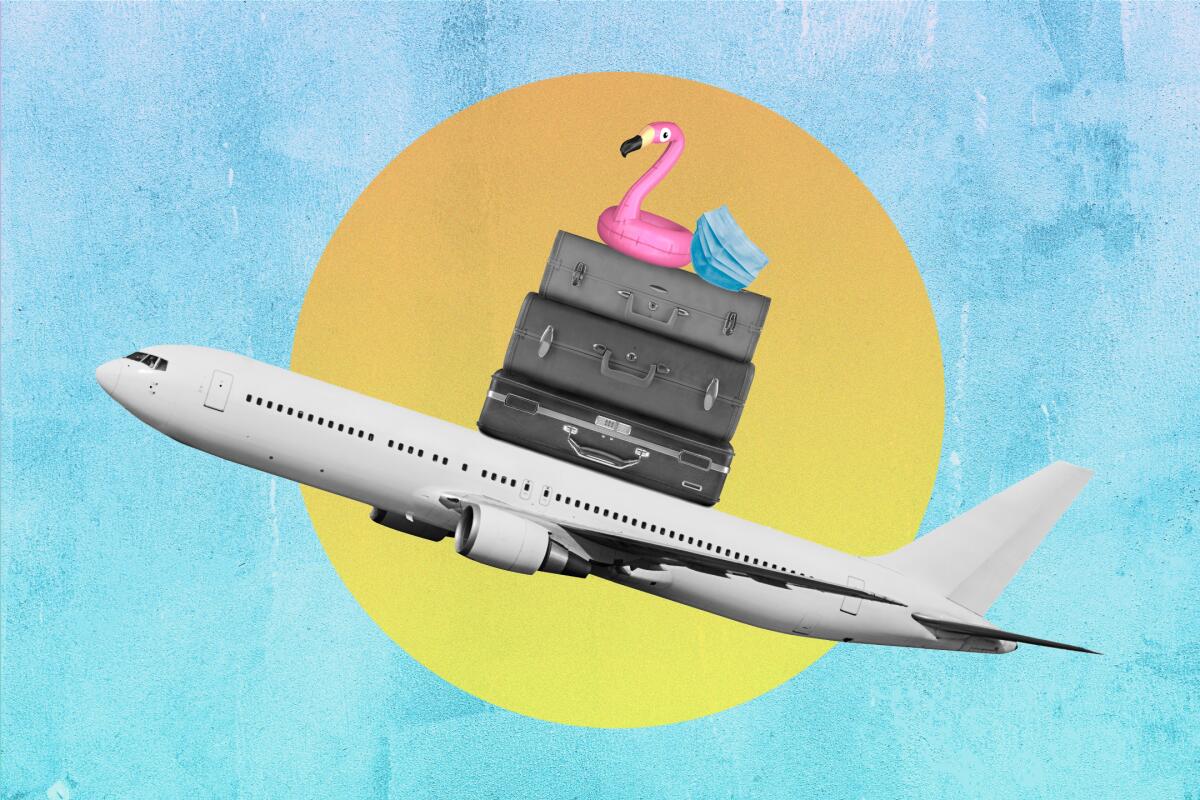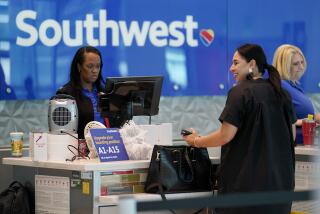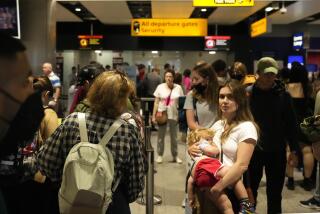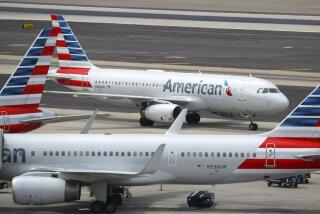What you need to know before you fly this summer

A hundred years ago when you took your last flight — or was it just a year that seemed longer? — flying was different. Now that we’ve endured isolation, more than 80% of us say we want to go somewhere in the next six months, a new survey shows.
If you’re going by plane, you’ll need to forget some of what you know about air travel and embrace the new rules, regulations and requirements. Here, fliers, is what to expect for your next vacation as you navigate Air Travel 2.0, the COVID-19 edition.
You’ll have company at 35,000 feet this summer
To no one’s surprise, load factors — that is, how full planes are — dropped to 59% in the first 11 months of 2020, down from about 85% in 2019, Bureau of Transportation Statistics say. That means in a 143-seat 737, you would have had about 123 seats filled in 2019 and about 84 in 2020.
“Great!” you say. “Social distancing. Empty middle seats. I get to stretch my legs.”
Dream on. Most airlines no longer keep the middle seat empty. (Delta will retain that space only through the end of April.) COVID-19 and all it implies means airlines are burning cash. To slow the burn, they have cut routes and capacity to increase load factors. The equation is simple: more people, more dough.
Pent-up demand and the possibility of herd immunity by summer means more of us hope to hit the road, according to a Longwoods International survey released Feb. 9.
This survey of traveler sentiment, its 30th in the COVID-19 era, showed that 81% of respondents plan to travel in the next six months, up from 65% in mid-January.
The car trip is still king, said Amir Eylon, president and chief executive of Longwoods.
“Airline travel will rebound at a pace that will depend on the pace of vaccination, which means that it will rebound at a slower pace than auto travel,” he said in an email.
“One would expect airline travel to increase significantly in the third and fourth quarters, barring any unforeseen new challenges to travel.” That might suggest …
Buy now, save for later?
If you are thinking summer or fall for travel, consider booking by the end of March for better fares, said Scott Keyes, founder of Scott’s Cheap Flights, which chases flight deals.
Unlike pre-COVID days when the fee to change a fare often wiped out the value of your ticket, today’s kinder, gentler airlines have dropped the punitive fee on most flights.
By booking now, Keyes said, you lock in the fare and don’t have to worry about taking the financial hit.
Here’s what you do have to worry about, he said: If the cost of your rebooked flight is more than what you originally paid, you must make up the difference.
If the price has dropped? Well, that depends on the airline. United, for instance, will make you pay the difference if your new fare costs more, but if it costs less, you don’t get a refund. Heads, United wins. Tails, United wins.
It’s critical, then, to check the airline’s policies on rebooking. Yes, we know fine print is not fun print, but it’s critical to avoid unpleasant surprises.
Using Google Flights, I checked fares for the back half of the year. These fares might no longer be available, because corralling a fare is like trying to herd cats, but here’s what you would have paid Feb. 10 for a round-trip flight from LAX to:
Cabo San Lucas, Mexico, July 14-21: $233 nonstop on Delta, for summer fun in the south-of-the-border sun.
San Francisco, Sept. 3-6, $111 round trip on Delta and United, for Labor Day weekend.
Boston, Sept. 29-Oct. 6, $251 on Delta and American, if you want to do a bit of leaf peeping.
Maui, Hawaii, Dec. 16-27, $398 on American. Prices usually shoot up for Hawaii at year-end, but these December dates yielded that sub-$400 fare. If you go on, say, Dec. 20 and return Dec. 27, you’ll pay at least $145 more (on Alaska). But even a $543 fare Christmas week is a bargain.
What if you decide to brave it and leave the country? Here’s a new twist that may surprise air travelers.
Insurance abroad sometimes isn’t optional.
This isn’t the old saw about not being covered by Medicare when you travel abroad. (Generally you are not.) Before COVID-19, a handful of countries required travelers to have insurance that covered them at the destination, no matter their age or whether they had insurance at home. Now the list of such destinations is growing.
Now, some countries are requesting proof that you’re covered before they let you in.
Costa Rica, for instance, which is admitting U.S. visitors, now requires proof of insurance uploaded to its Health Pass, which is not available until 48 hours before your flight. You must have a Health Pass for each member of your party. If your health insurance doesn’t meet the requirements, Costa Rica will be in touch.
Finding out that your insurance doesn’t measure up isn’t something you want to learn about a couple of days before departure, mainly because Costa Rica has an additional requirement: Your insurance must cover lodging expenses if you are quarantined for COVID-19, said Megan Moncrief, chief marketing officer for Squaremouth, which allows you to compare travel insurance policies.
“Eighteen of the travel insurance providers on our website cover medical expenses for contracting COVID-19,” Moncrief said. “Fourteen of them also include cancellation coverage for contracting the virus. Most travel insurance policies come standard with the amount of medical coverage we have seen become required per destination.”
But, she said, “The outlier is the additional amount of ‘lodging’ expenses required by Costa Rica. At present, only one policy on our website meets this benefit level.”
Squaremouth keeps a list of country requirements that you’ll want to consult if you’re traveling internationally.
Be sure to check because the best insurance surprise is no surprise.
And here’s something you do not want to be surprised by either:
Mind your mask and manners
Airlines began dribbling out requirements for wearing masks on flights as last summer began. Each carrier set the rules, so they differed.
Not anymore. President Joe Biden signed an executive order last month that mandates masks on planes (as well as trains, buses, ships and public transportation). You’ll need to mask up in airports (along with train stations, bus, ship and ferry terminals).
Passengers who don’t comply will face greater penalties than landing on the carrier’s no-fly list. The Transportation Security Administration announced fines for mask miscreants starting at $250 — and topping out at $1,500. And — surprise! — if you’re a super jerk (“aggravating” or “mitigating” factors in government speak), “TSA may seek a sanction amount that falls outside these ranges,” it said in a news release.
The carriers will report the violators to the TSA.
These new mandates are in effect until May 11, but don’t be surprised if they’re extended, which would be good news for summer fliers who will be able to breathe a little easier, figuratively speaking.
Have a travel question, problem or dilemma? Write to [email protected]. We regret we cannot answer every query.
More to Read
Sign up for The Wild
We’ll help you find the best places to hike, bike and run, as well as the perfect silent spots for meditation and yoga.
You may occasionally receive promotional content from the Los Angeles Times.







